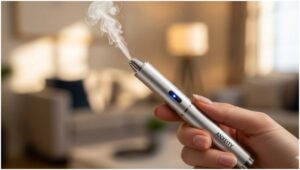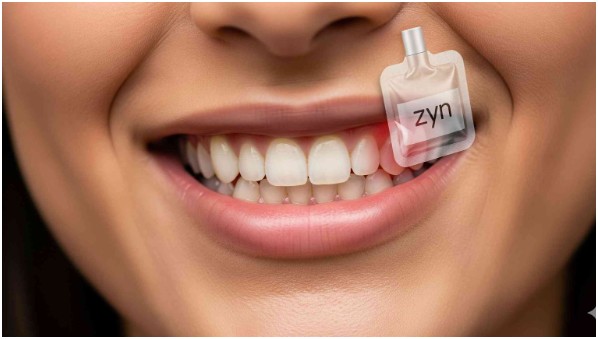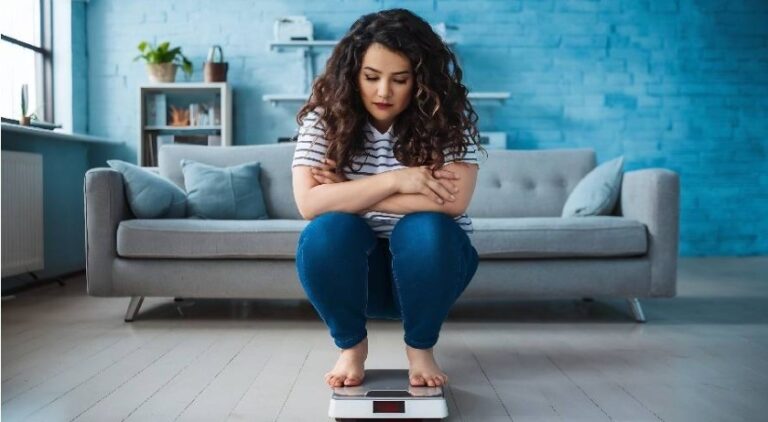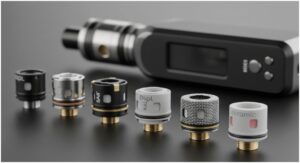I still remember speaking with a new mom at a wellness seminar I led last year. She pulled me aside and, almost whispering, asked:
“Is it okay if I vape while breastfeeding?”
That moment stuck with me — not because it was rare, but because it was so common.
As an educator and advocate for smart choices, especially among young parents, I’ve seen firsthand how confusing it can be to navigate personal habits when a newborn’s health is in the mix. So let’s talk about it clearly, compassionately, and judgment-free: Can you vape while breastfeeding?
Can You Vape While Breastfeeding?

Here’s the short answer: It’s not recommended.
Vaping introduces nicotine and other harmful chemicals into your body, and these can transfer into your breast milk. This exposure can affect your baby’s sleep, feeding patterns, and overall development.
But life isn’t always black and white. If quitting immediately isn’t realistic, I want to help you make informed, harm-reducing choices for your baby and your own health.
How Does Vaping Affect Breastfeeding?
Nicotine Transfer: Why It Matters
Yes, nicotine from e-cigarettes does pass into breast milk — and infants process it far more slowly than adults. That means even a small dose can have outsized effects, such as:
- Disrupted sleep patterns
- Decreased milk production
- Irritability or poor feeding
Your baby’s developing system is incredibly sensitive. Think of your breast milk as both nourishment and medicine — and anything that alters it deserves extra attention.
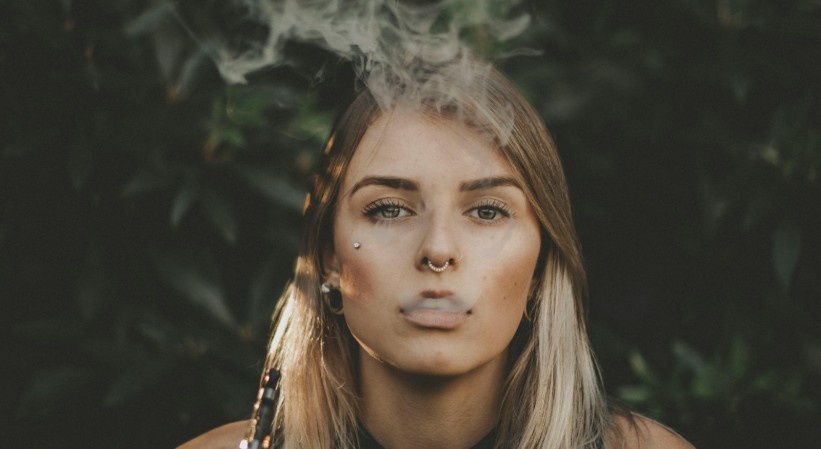
It’s Not Just Nicotine: Other Chemicals at Play
Many believe vaping is “safer” because it skips the tar and carbon monoxide found in cigarettes. While that’s technically true, e-cigarettes still contain:
- Propylene glycol and vegetable glycerin
- Artificial flavorings
- Trace metals and volatile organic compounds
These substances don’t belong in a newborn’s ecosystem — especially not through ingestion or inhalation.
What About Secondhand Vapor? Does That Pose a Risk?
Absolutely. Secondhand vapor may not smell as strong as cigarette smoke, but it still carries chemical particles that linger in the air and cling to your clothes, skin, and furniture. For babies with developing lungs and immune systems, even minimal exposure can increase the risk of:
- Respiratory issues
- Allergic reactions
- Long-term lung irritation
Being in the same room while vaping — even if you’re not holding your baby — isn’t as harmless as it seems.
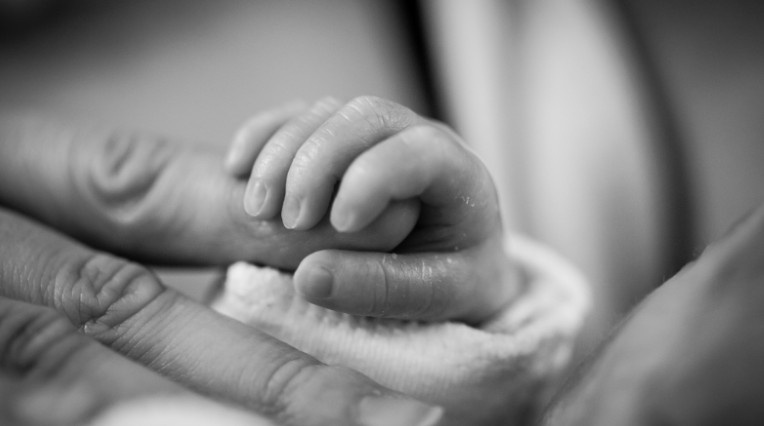
If You Do Vape, How Can You Reduce Risks While Breastfeeding?
I understand that change takes time. If you’re not ready to stop vaping entirely, here are evidence-based ways to minimize the risks:
1. Vape After Nursing or Pumping
This gives your body time to metabolize some of the nicotine before the next feeding. Waiting at least 2–3 hours can reduce the nicotine level in your milk.
2. Opt for Lower Nicotine Formulas
Switch to e-liquids with the lowest possible nicotine content. The goal is to reduce the cumulative exposure over time.
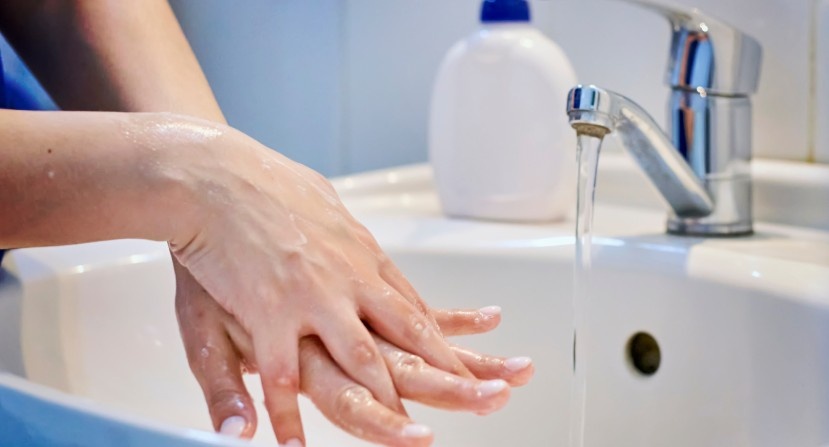
3. Step Outside to Vape
Always vape outside or in a designated, well-ventilated area away from your baby. Avoid vaping in enclosed spaces like bedrooms, cars, or near bassinets.
4. Change Clothes and Wash Hands After Vaping
Nicotine and vapor residue can settle on your skin, lips, and clothing. A quick change of shirt and handwashing can prevent transfer through skin-to-skin contact.
5. Don’t Stop Breastfeeding
Even if you’re still vaping, breastfeeding is incredibly beneficial. The antibodies, nutrients, and bonding it provides are worth preserving while you work toward quitting.
FAQs About Vaping and Breastfeeding
1. Can vaping affect my milk supply?
Yes. Nicotine interferes with prolactin, a hormone essential for milk production. This can lead to reduced milk output and early weaning if left unmanaged.
2. Is secondhand vapor harmful to my baby?
Yes. It contains ultrafine particles and chemicals that can irritate or harm your baby’s respiratory system. Always vape away from children and ventilate the area.
3. Can vaping disrupt my baby’s sleep?
Nicotine is a stimulant, and yes — it can affect your baby’s sleep, appetite, and mood if passed through breast milk or secondhand vapor.
4. Is there a safe way to vape while breastfeeding?
There’s no safe way, but you can reduce harm. Vape after feedings, avoid nicotine-heavy products, and eliminate your baby’s secondhand exposure as much as possible. Talk to your healthcare provider about a tapering plan or nicotine replacement therapy.
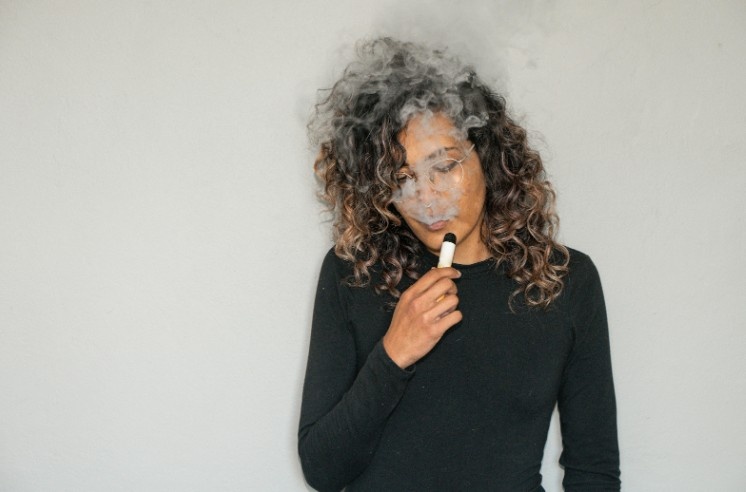
Final Thoughts: Empowered Parenting Starts With Informed Choices
Motherhood is full of trade-offs. It’s easy to feel overwhelmed by the pressure to be perfect — but you don’t need perfection. You need support, facts, and a plan.
If you’re vaping and breastfeeding, this isn’t about judgment. It’s about awareness. Each step you take — whether it’s spacing out vaping sessions or lowering nicotine content — is a win for your baby’s health and your own.
And remember: you’re not alone. Talk to your doctor, lean on lactation consultants, and don’t be afraid to reach out for help. Wellness is a journey — and you’re already on the right path.
You’ve got this. One informed choice at a time.


